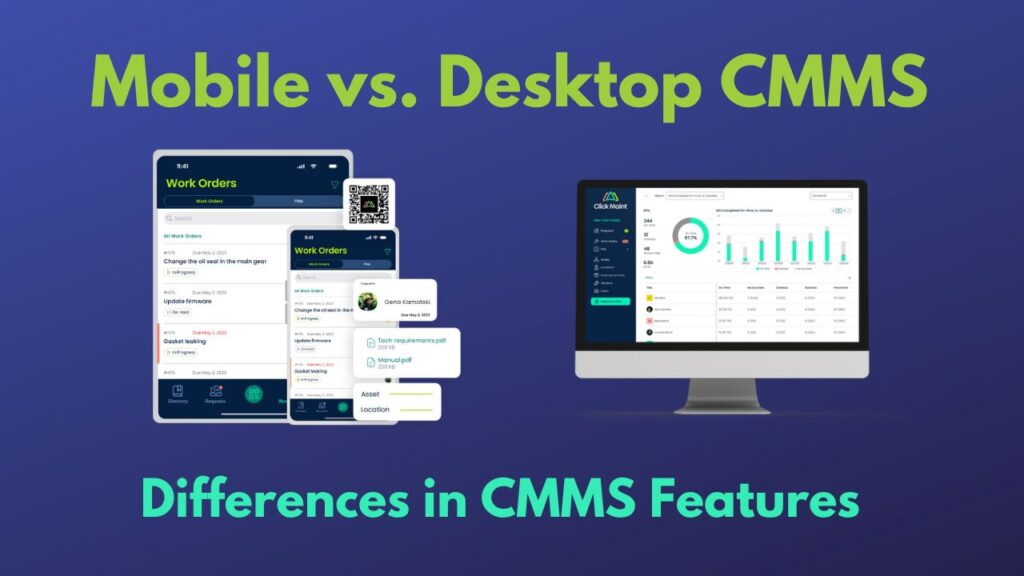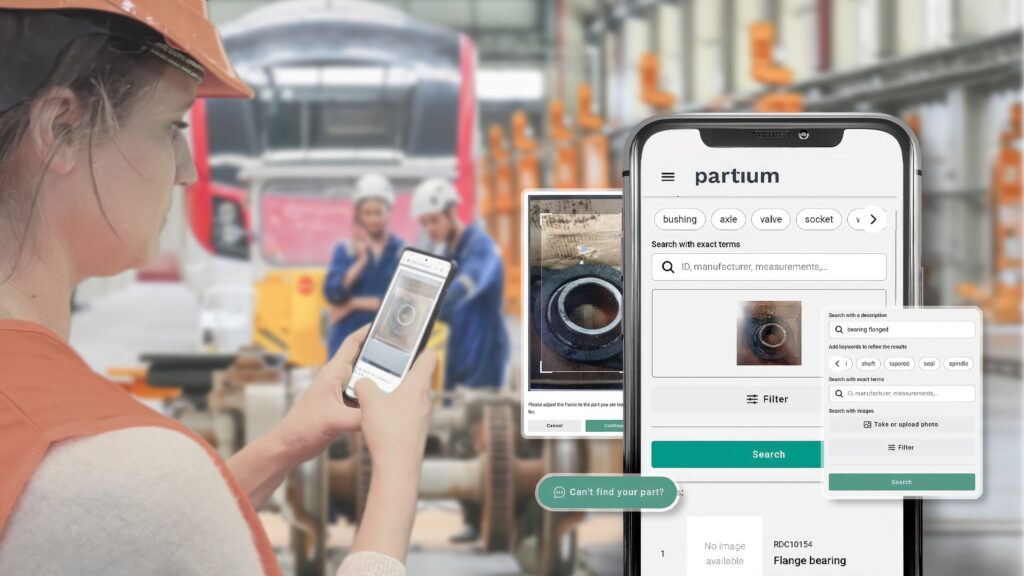Maintenance managers are pivotal in overseeing and coordinating all organizational maintenance activities. Their job involves ensuring the efficient and reliable functioning of equipment, machinery, and facilities. Maintenance managers are generally charged with maintaining the operational integrity and longevity of the organization’s physical assets. To achieve these ends, they carry many responsibilities, including developing and implementing maintenance policies and procedures, scheduling routine inspections and repairs, managing maintenance budgets, and supervising maintenance staff.












